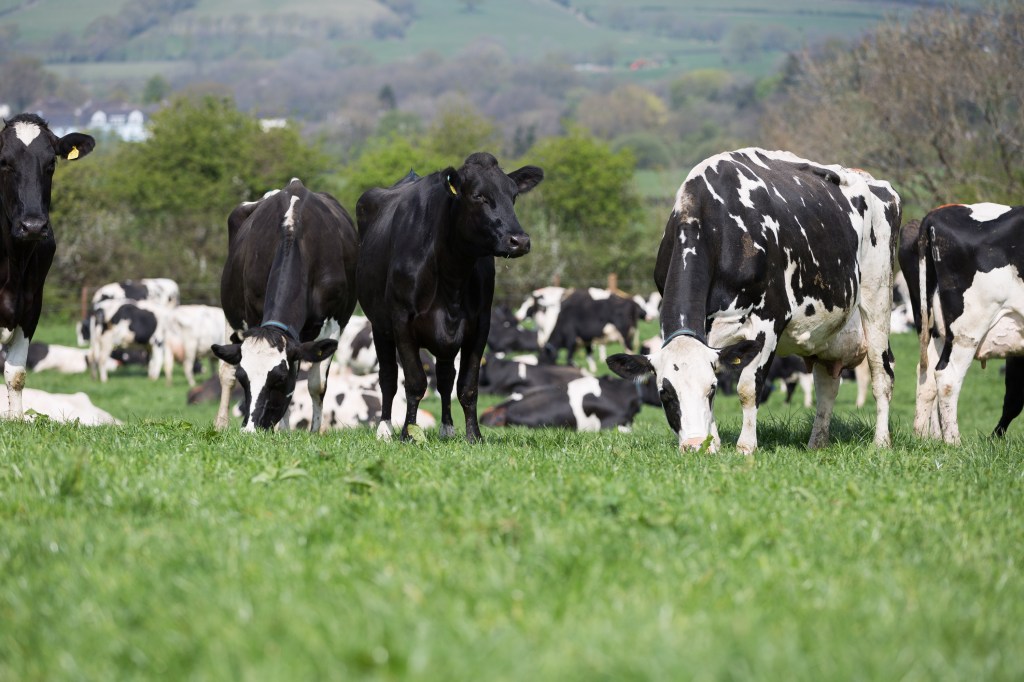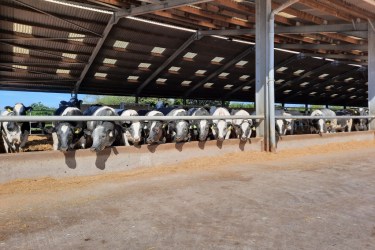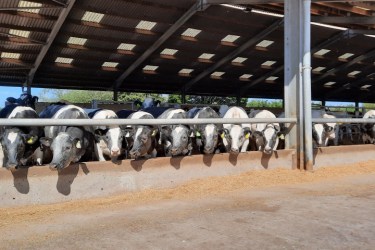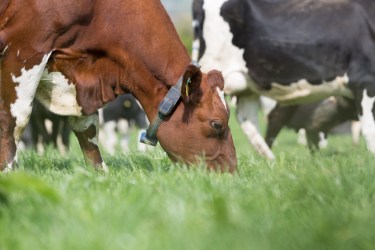Sustainable dairy farming is key to ensuring the stability and well-being of both our environment and the consumer.
Not only that, dairy farming in a sustainable way will benefit for your herd and increase their efficiency.
What is meant by sustainable dairy farming?
Sustainable dairy farming is a practice that prioritises the long-term health of the environment while still maintaining the production of livestock.
By implementing sustainable farming practices, farmers can protect the environment, reduce production costs, and promote biodiversity.
The main steps in being a sustainable dairy farmer will include; water conservation, renewable energy and efficient genetics.
How can I make my herd more sustainable?
To ensure your farm is operating in a sustainable manner, the first thing you should consider is the genetic value of your herd.
Every sire is ranked regularly and their traits are evaluated so that you, the farmer, can select the bull with the traits most desirable to you.
Traits such as; Feed Advantage, EnviroCow and Maintenance, are all indicators of how sustainable and efficient each sire is.
By selecting genetics from sires with desirable traits, such as the above, you can ensure your herd will be both efficient and easier on the environment.
Smaller cows are often more efficient
Efficiency is one of the keys to having a sustainable herd. If your cow is efficient, it will consume less, cost you less money throughout its lifetime and have a high production value.
In the image used below, you can see a very large cow stood next to a much smaller cow. The weight difference between these two animals is 100kg.
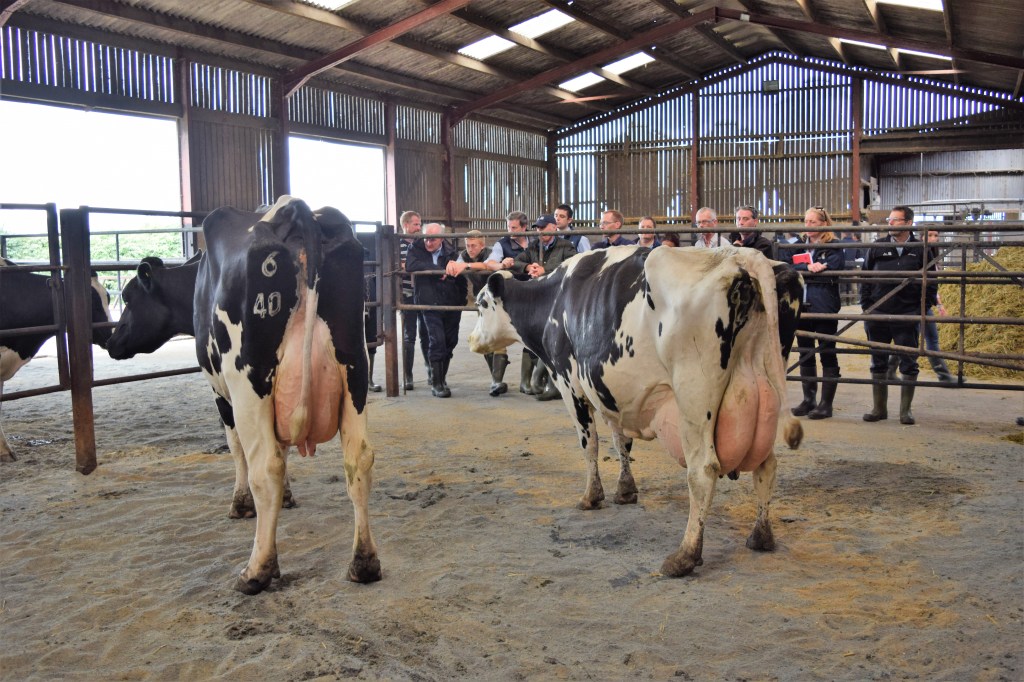
Despite their difference in size, both animals will actually produce the same amount of milk over their productive life. However the smaller cow will consume far less food due to its smaller size.
The average cow needs to consume 2% of its body weight in dry matter intake in order to maintain its body condition and live a healthy and happy life.
Therefore, a smaller cow will intake less feed for maintenance which could save you upwards of £500 per cow, per lifetime.
It has been found that every 1kg of extra body weight will increase feed costs by over £1.
Polled genetics
A polled cow is one which was naturally born without horns as a result of its DNA.
The polled gene is a dominant trait in a cow’s DNA, whereas the horned gene is recessive. This means that only one parent, either the bull or mother, needs to carry that polled gene to have hornless/polled offspring.
There are two different types of polled sires, heterozygous and homozygous. Heterozygous animals have one copy of the polled gene, and homozygous have two copies of the polled gene. Sometimes these are referred to as (P) and (PP).
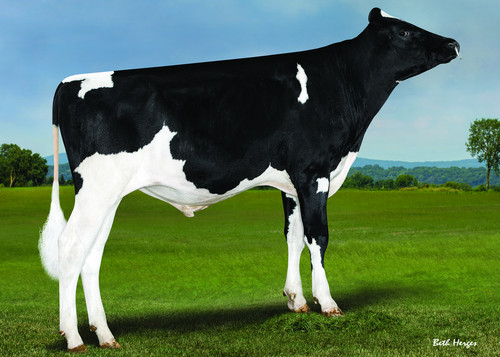
Dehorning an animal usually costs about £15, which would be £3,000 for a herd with 200 heifer replacements to dehorn.
By incorporating polled genetics into your herd’s genetic strategy, you can save on this unnecessary cost.
For this reason, polled cows are thought to be more sustainable. This is due to the cost saved by incorporating them into your herd, and the unnecessary need to dehorn cattle, which can cause them some distress.
If you want to learn more about ways you can be sustainable, get in touch with your local representative today.



